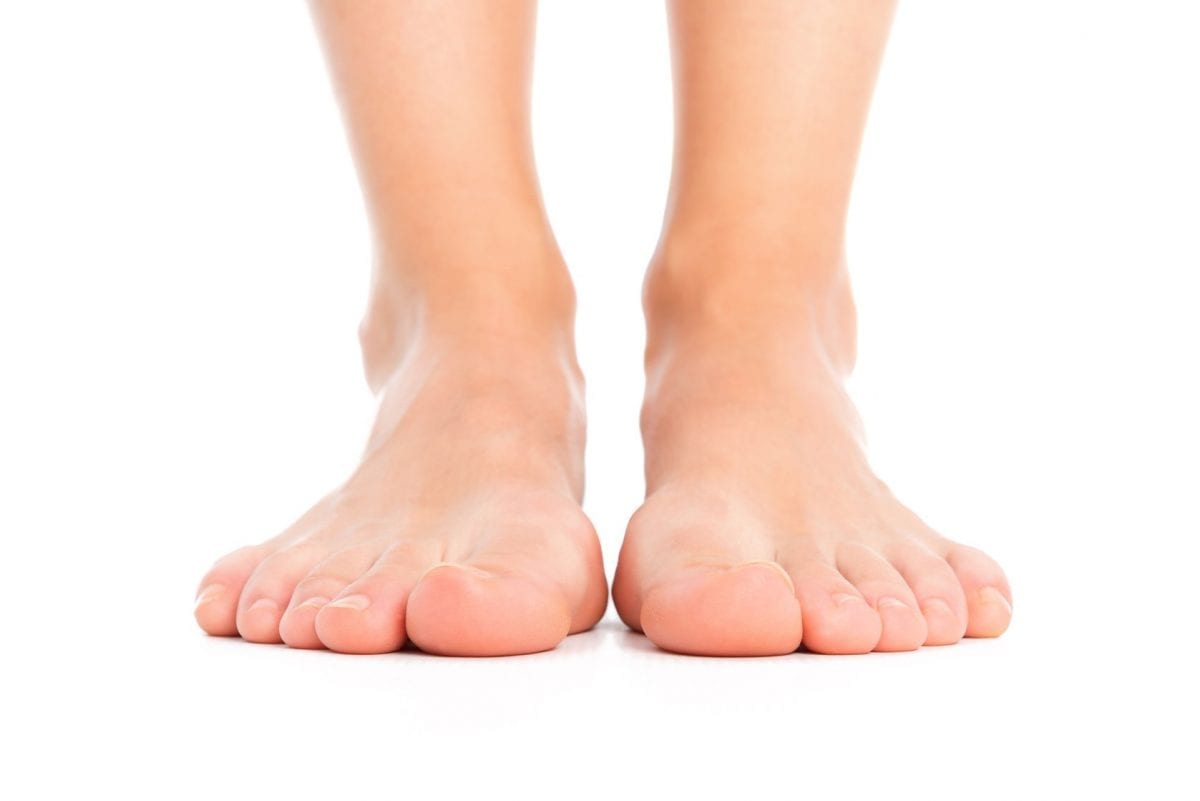Most people with fallen arches do not experience any trouble in their life. However, this condition is still a foot deformity and can prompt the body to compensate in abnormal ways. Most notably, the lack of any space beneath the foot means that one’s body weight is not always distributed evenly, and this can disrupt your frame’s balance and posture.
As time passes, these seemingly small strains on the ligaments can slowly build up and develop into an array of painful disorders. If you suffer from flat feet and are currently finding your training and/or general mobility difficult, then don’t miss this guide and make sure to start a conversation with your doctor soon:
Achilles Tendinitis
The Achilles tendon stretches over a long distance, connecting the heel bone to your calf muscle, which makes it the largest tendon in the body. For this reason, any tears or ruptures in the area can be very painful and devastating to an athlete’s training. Unfortunately, those with flat feet are even more susceptible to the injury, as they endure additional impact upon foot landing, and require extra precautionary methods to avoid the trauma.
Prevent the issue by increasing the intensity of your workout gradually, and getting the correct footwear fitted by a professional. At any sign of discomfort, increase the tendon’s flexibility with a series of stretches, avoid wearing any high heel shoes, and take a few days off. If the pain persists, speak to your doctor – surgery is typically a last resort.
Chondromalacia Patellae
Certain conditions cause knee pain, and chondromalacia in definitely one worth being cautious about. More popularly referred to as “runner’s knee,” this injury lives up to its name, commonly attacking otherwise healthy athletes who have been overtraining. The repetitive stress of running is often exaggerated for those who suffer from flat feet, and this added strain can cause the cartilage of your kneecap to soften faster.
In cases of this chondromalacia condition, your procedure of treatment should be in much the same vein as any running injury. Put your training on hold, perform regular stretches, analyze your footwear, and introduce custom inserts to support your absence of arches. There are also various hinged braces and compression sleeves on the market which can provide a much-needed element of stability to your knee.
Rheumatoid Arthritis
The prolonged stress that flat feet inflict on the joints can build up over time, and this may be exacerbated by rheumatoid arthritis. RA is when your joints stiffen up and swell, placing intense pressure on your movements and making it difficult to walk (usually affecting other parts of the body too).
Unfortunately, there is no known cure for the long-term condition yet, but an early diagnosis will help to alleviate the symptoms, and keep them from flaring up too regularly. Solutions include plenty of rest, a carefully calculated exercise routine, orthotics recommended by your doctor, the application of ice, anti-inflammatory or pain medication, and physical therapy. Surgery may also be required to shape your foot in more extreme cases.
Bunions and Hammertoes
When your favorite footwear isn’t correctly suited for your foot, various deformities can develop over time. Bunions are those large lumps which may grow at the base of the big toe. These are usually inflamed which causes additional pressure within your shoe, aggravating the pain even further. Similarly, hammertoes are also a result of cramming too much foot into a mismatched shoe, which eventually contorts your middle toes into a permanent bent shape.
Flat feet increase the risk of both of these disfigurements. Your fallen arch means your foot may roll to its inner side when walking (known as overpronation) and you could also be leaning into your feet incorrectly due to your lack of natural balance. Once again, it is imperative that you select your footwear more carefully to prevent these developments, and speak to your doctor about potential surgery if you are having persistent symptoms.
Plantar Fasciitis
One of the most common issues which face those with fallen arches would be the inflammation of the plantar fascia. Due to the weakened absorption properties of flat feet, any increase in physical activity can overstretch this tissue running along the bottom of the foot, leading to plantar fasciitis. The symptoms of this condition includes pain in the heel as well as the arch.
Thankfully, this annoying ailment is usually nothing serious and will pass by itself over time. Stretches and resting (with night splints) may speed up your recovery, and once you are able to resume training, keep your steps on softer ground while wearing cushioned footwear to diminish some of the impact.









1 Comment